The film "Steve Jobs" is set in three different time periods over a 14-year span, each presented in a visually distinct way by director Danny Boyle, reflecting the fast-paced evolution of modern technology.
Boyle talked about his approach in bringing the Aaron Sorkin-scripted film to life in a Q&A session at the 53rd annual New York Film Festival on Saturday, where AppleInsider had the opportunity to view the upcoming movie. Like Apple's products have seen regular, speedy improvements over the years, the quality of the film's image itself becomes clearer over the course of three acts.
The first act, set in 1984 at the unveiling of the first Macintosh, was shot by Boyle in grainy 16-millimeter film. The smaller 16-millimeter film size is cheaper to shoot with, which is why it's generally used for television programs and not big-budget feature films.
Boyle said that 16 millimeter gives a sort of "homemade" feeling to the beginning of the film, which should seem somewhat "distant" to modern moviegoers.
With a reported budget of $30 million, "Steve Jobs" is certainly not the usual caliber of film to be shot on low-quality 16-millimeter, but the decision helps to reflect the early, raw days of Apple as the company — Â and Jobs himself — struggled to find their footing.
"It felt like it was early days, and he (Jobs) very much thought of himself as the pirate, the rebel," Boyle said.
For the movie's second act, set in 1988 at the announcement of the NeXT Computer, Boyle upgraded the film to 35 millimeters. This is the gauge most commonly used for major motion pictures, and was used for projection in virtually every movie theater up until recently.
The portion of the film in 35 millimeters finds Jobs ousted from Apple but refocusing his efforts, unveiling an ambitious new product that even Jobs himself (at least as portrayed in the film) admits is doomed to failure. But Jobs is also thinking about the bigger picture, and sees an opportunity for eventual success, and ultimately redemption.
Boyle said the use of physical film for this act helped to emphasize the beauty of San Francisco's War Memorial Opera House, where the middle portion of the film was shot. Film can help create a heightened sense of illusion — a dreamlike quality that has represented the experience of going to the movies for decades.
"Film loves that," he said. "It soaks it up."
Finally, the film's third act is set in 1998 at the unveiling of the first iMac, with Jobs's triumphant return to Apple. For this portion of the film, Boyle again upgraded — this time to digital.
Apple, of course, is known for embracing future technology and discarding the old, sometimes to the chagrin of its most passionate users. The iMac itself is one of the most famous examples of this, having ditched the then-ubiquitous floppy drive in its all-in-one design.
While Apple's abandonment of the floppy drive was at the time controversial, the company's forward thinking approach would eventually prove prophetic — Â something Apple did time and time again under the leadership of Jobs.
As for the film, the third act of "Steve Jobs" was shot with an Arri Alexa camera, which Boyle said captures images in "brutal HD." Actress Kate Winslet, who portrays Joanna Hoffman in the film, agreed with Boyle's assessment.
"It was so unfair," she said, earnings laughs at the Walter Reade Theater in Manhattan. "After the joys of a perfect complexion (in the first two acts), they then f— -ed us over."
 Neil Hughes
Neil Hughes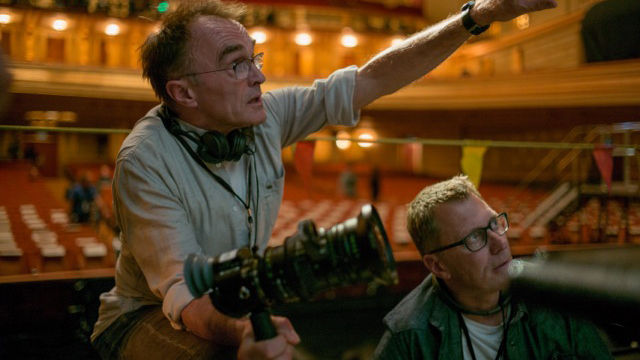
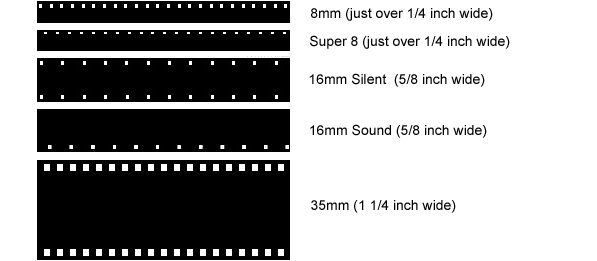
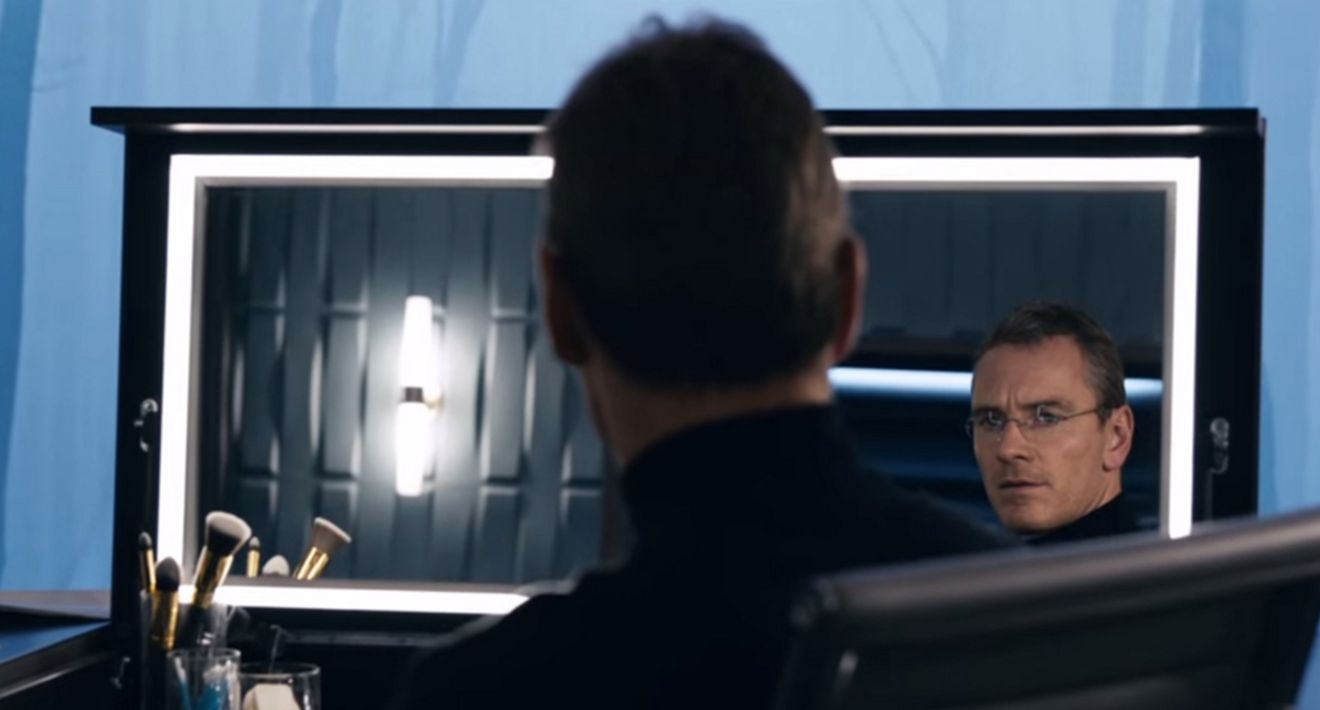
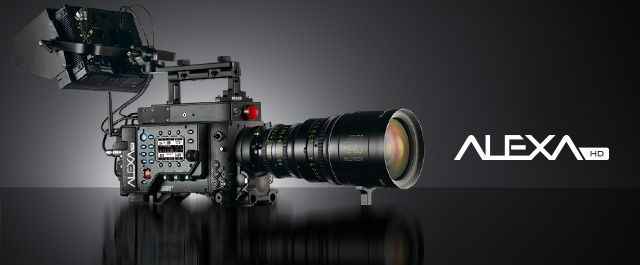
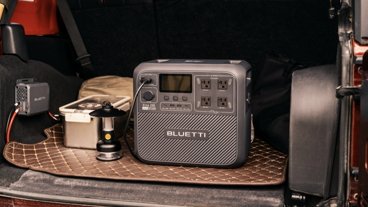

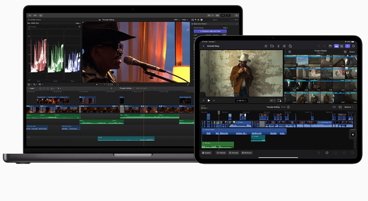
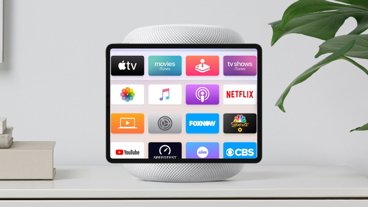
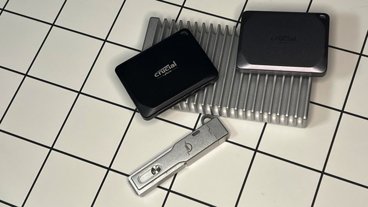

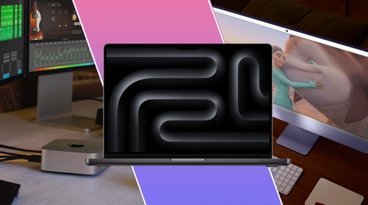






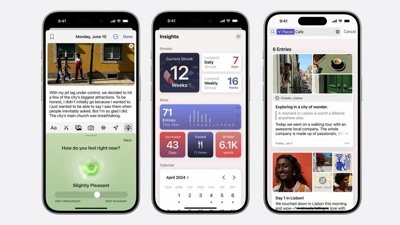
 Charles Martin
Charles Martin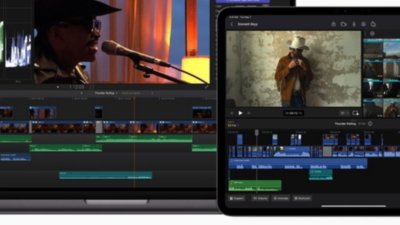
 Marko Zivkovic
Marko Zivkovic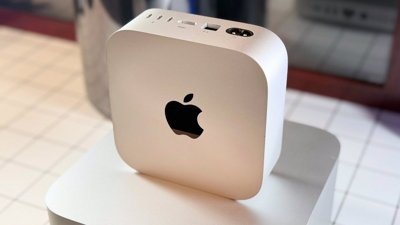
 Mike Wuerthele
Mike Wuerthele
 Malcolm Owen
Malcolm Owen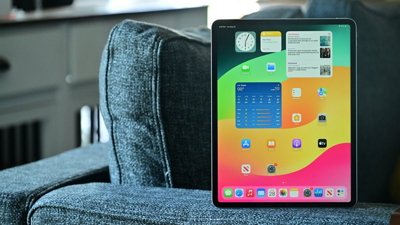
 Andrew Orr
Andrew Orr
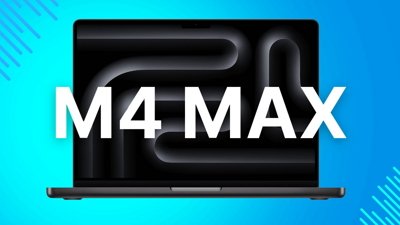
 Christine McKee
Christine McKee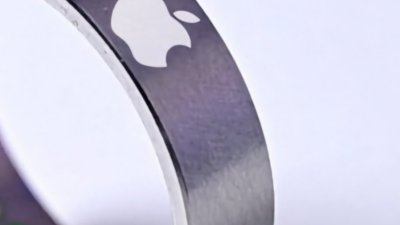
 William Gallagher
William Gallagher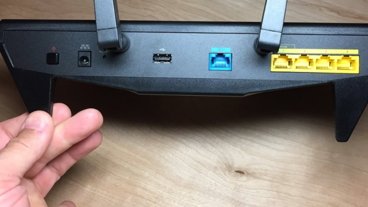
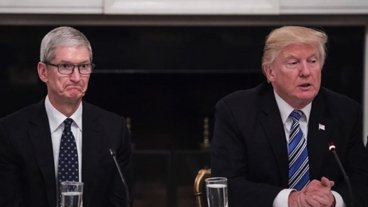




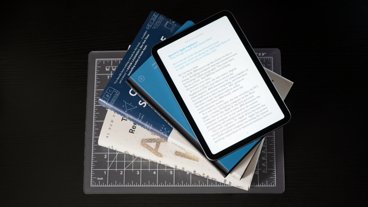

20 Comments
They used to say that about HD too.
interesting.
...4k shows all your 'imperfections'
And then there's reality.
Clever visual cue to reinforce the eras shown in the film. Films that traverse long stretches of time can be jarring or even confusing. Makeup treatments and dialog cues obviously help, but a visual treatment of the whole era is unmistakable.
Cool story.
Can I buy the Apple TV 4 yet?
Wonder why they couldn't have just run it through some filters?/s? (I don't know a lot about making movies)